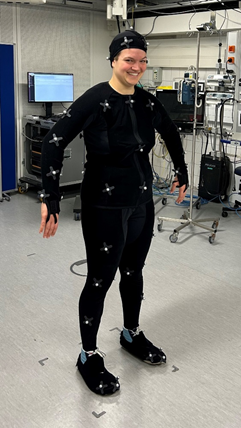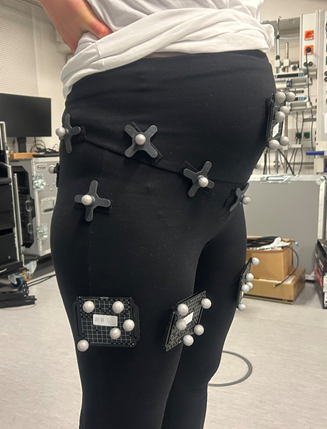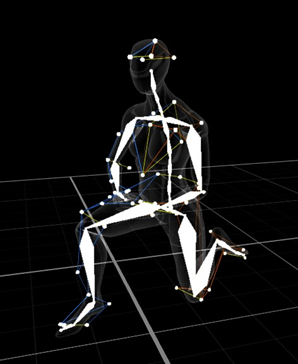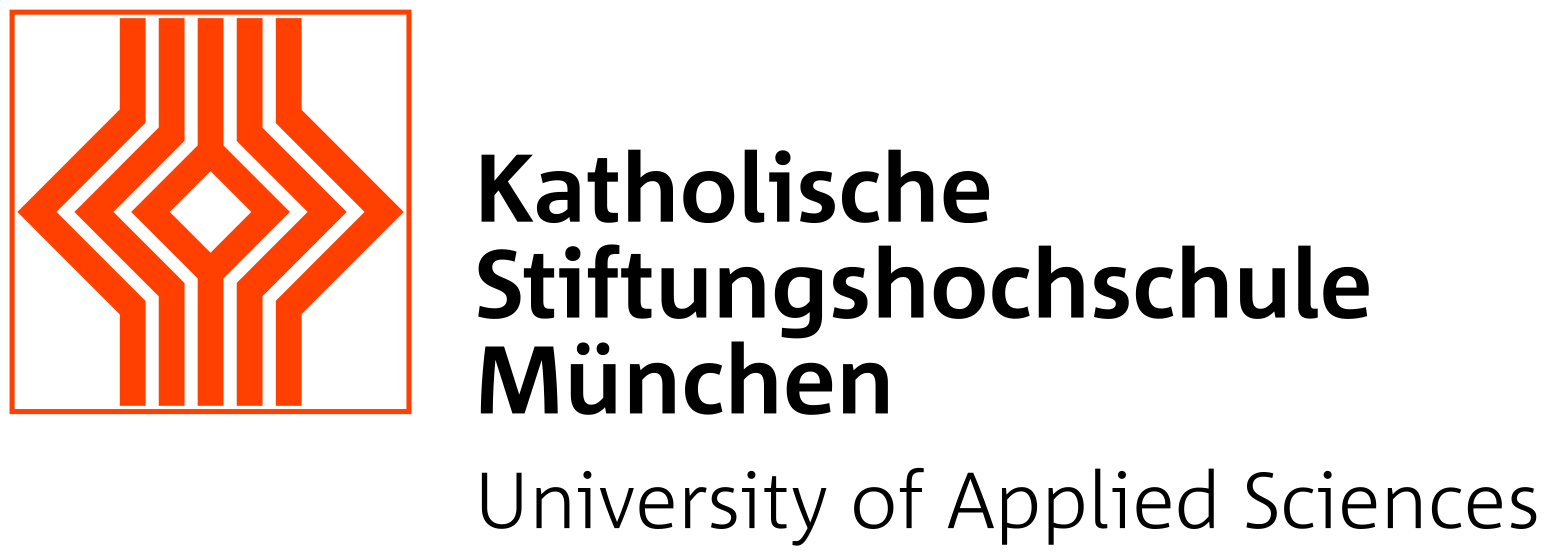30.04.2024
Author: Friederike Aulenbacher, KSH
In theory the female pelvis is much more flexible at the end of a pregnancy. This flexibility helps the baby to pass through the pelvis.
Midwifes and gynecologists use different maternal positions to support the optimal position of the fetus in relation to the pelvis and to support the descending of the fetal head though the pelvis of the mother.
In order to make this movements visible the team from LMU started to measure the pelvically movement of pregnant an non-pregnant women by motion tracking.


With these measurements we are trying to verify that the movability of the pelvis differs from a non-pregnant to a pregnant woman. The difficulty hereby is, that we can just measure it from the outside, and must calculate the real movement of the bony structures.

In the next steps we will create a though shining model of a pregnant woman that can be positioned by our midwifery students to learn and train the effects of the various positions on the fetus and the spaces in the pelvis.
Hopefully, we can tell you soon that we were able to measure a difference in the mobility.






